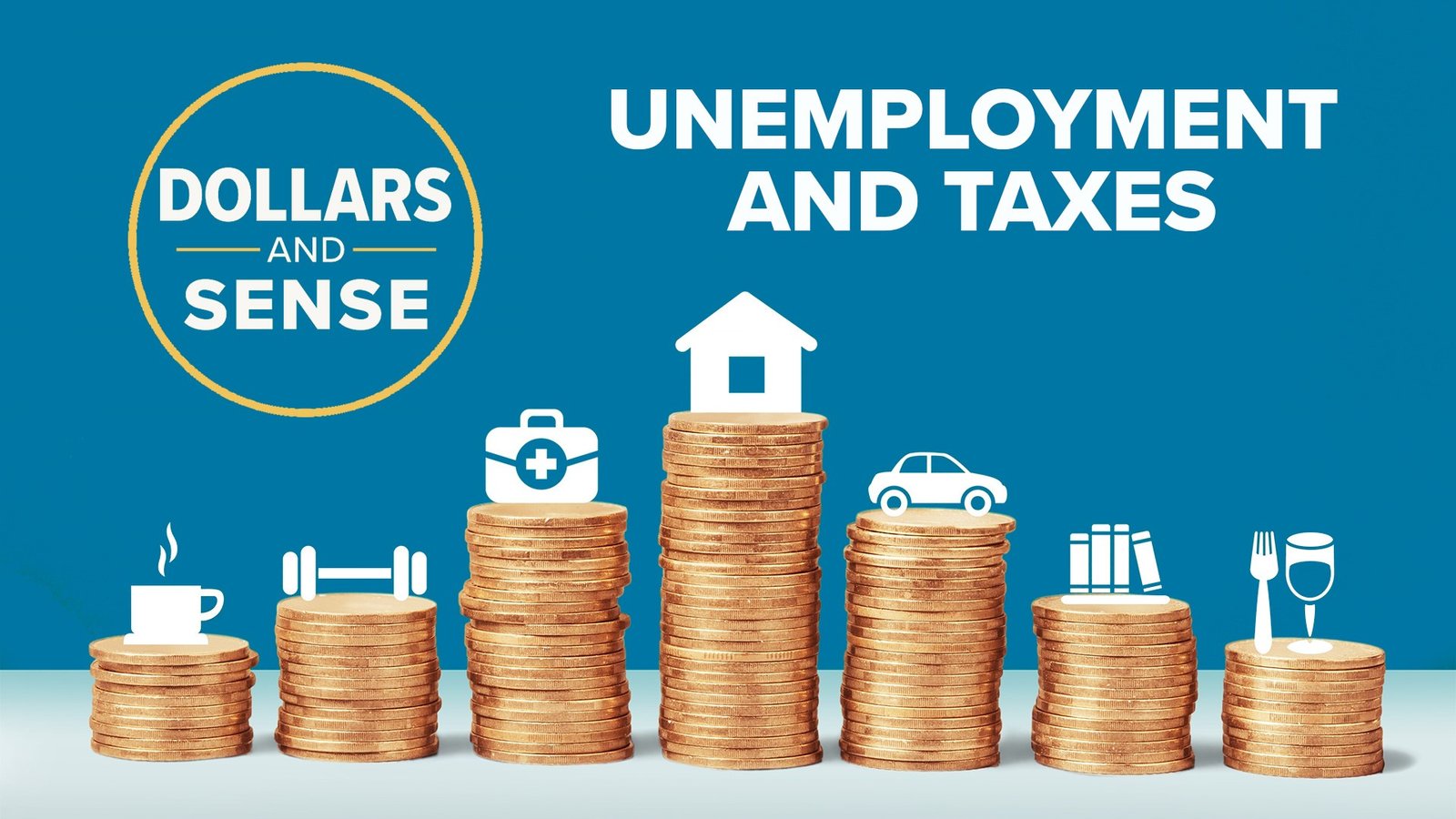SHERIDAN — When it comes to late changes in unemployment protection burdens, the numbers are staggering and, for some private companies, unsustainable.
Consider for instance, Dr. Dana Leroy of Sheridan and her business Leroy Family Dental. In 2020, Leroy paid $171 in joblessness protection charges. During the primary quarter of 2021 alone, she paid $1,395.
Or on the other hand consider First Northern Bank in Buffalo whose unemployment protection rate has gone from .18% to 1.31% in a year, as indicated by Chief Operations Officer Rick Myers. This is a 725% increment costing the approximately around an extra $30,000 every year.
These are not disengaged models, as indicated by Sen. Dave Kinskey, R-Sheridan, yet rather part of in all cases increments — across the state and the country.
To comprehend why joblessness protection charge rates are skyrocketing, you need to return to the communications of the pandemic in 2020, Kinskey said. Throughout the spring of 2020, joblessness claims were documented in record numbers, hitting a high in May when in excess of 110,000 joblessness claims were recorded, as per the Wyoming Department of Workforce Services.
This implied some significant brings into the state’s Unemployment Insurance Trust Fund, which pays out the joblessness claims. As indicated by the U.S. Branch of Labor, on New Year’s Day 2020, Wyoming’s Unemployment Insurance Trust store had a surplus of $376.91 million. After a year, on New Year’s Day 2021, that total was $281.42 million.
The trust store is recharged through joblessness protection installments, as indicated by Ty Stockton, correspondences supervisor for the Wyoming Department of Workforce Services. So when the asset is low, as it is this year, joblessness protection rates go up. The strength of the trust store decides the base pace of joblessness protection charges for the coming year.
Kinskey said Gov. Imprint Gordon knows about the issue and has put forth attempts to cure the circumstance for neighborhood entrepreneurs. The lead representative put aside two installments to the trust reserve: $25 million in September 2020 and $39.1 million in March 2021. While some neighborhood organizations might have seen an abatement in protection rates after those stores, others didn’t.
The justification for this, as per Stockton, is the Department of Workforce Services “initially chose to be very conservative with the parameters around non-charging and only non-charged employers for direct COVID-related UI claims.” This implies organizations commanded to close during the public authority closure, like cafés, reasonable saw some joblessness protection alleviation. Be that as it may, organizations like Leroy’s dental center, which was not needed to close by means of state order, saw little alleviation. As per Kinskey, dental facilities were encouraged to nearby the American Dental Association, yet were not ordered to nearby the state.
After those two installments, Gordon requested that the division investigate extra freedoms to non-charge managers, Stockton said. Not set in stone an extra $58 million would should be saved in the Unemployment Insurance Trust Fund. Refilling these assets into the trust store permits all businesses to be non-charged for any joblessness protection charges from early March 2020 through Dec. 31, 2020, Stockton said.
The principle question right presently is the place where the state will see that $58 million, Kinskey said. Conversations are progressing concerning whether to utilize Coronavirus Aid, Relieve and Economic Security (CARES) Act dollars, Federal Emergency Management Agency (FEMA) dollars or one more wellspring of financing to inlay the asset, Kinskey said.
Kinskey said he trusted the $58 million would be saved into the trust reserve — and organizations would begin seeing some help — before the finish of 2021.
“We’re moving at the speed of government, which is very frustrating for me, and I know it’s very frustrating for these businesses,” Kinskey said. “But we are working to address it as quickly as we can, and I’m hoping, before the end of the year, they can have some relief.”
Disclaimer: The views, suggestions, and opinions expressed here are the sole responsibility of the experts. No Fast Amplify journalist was involved in the writing and production of this article.




